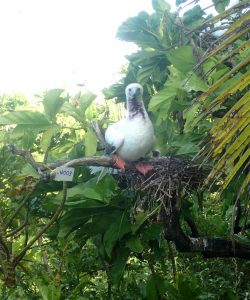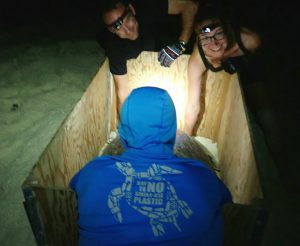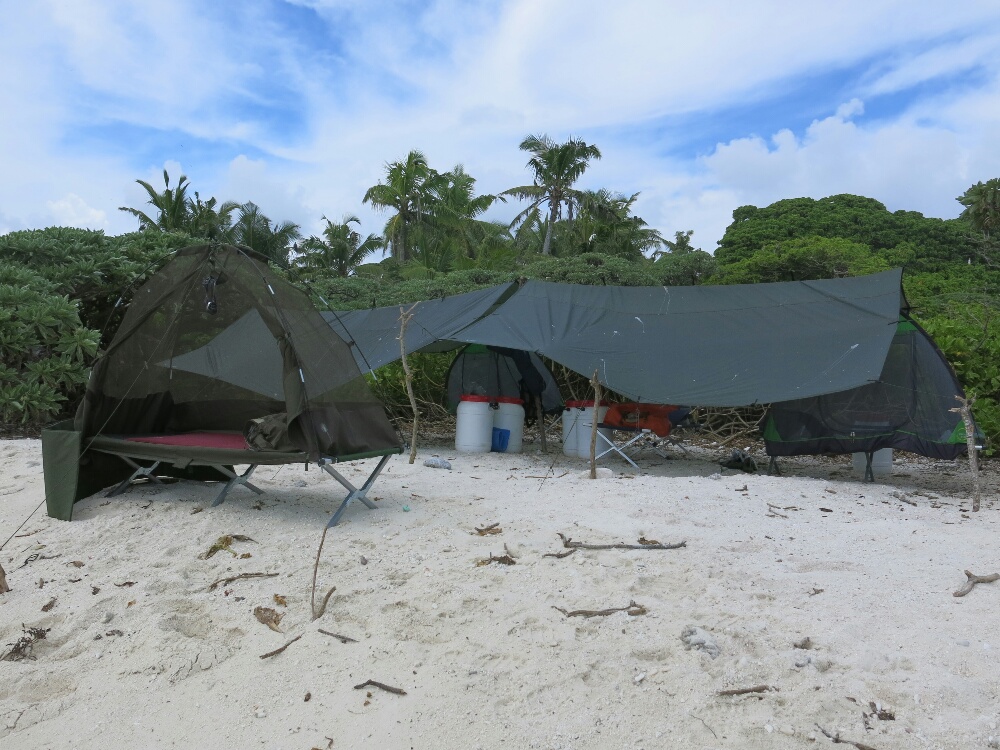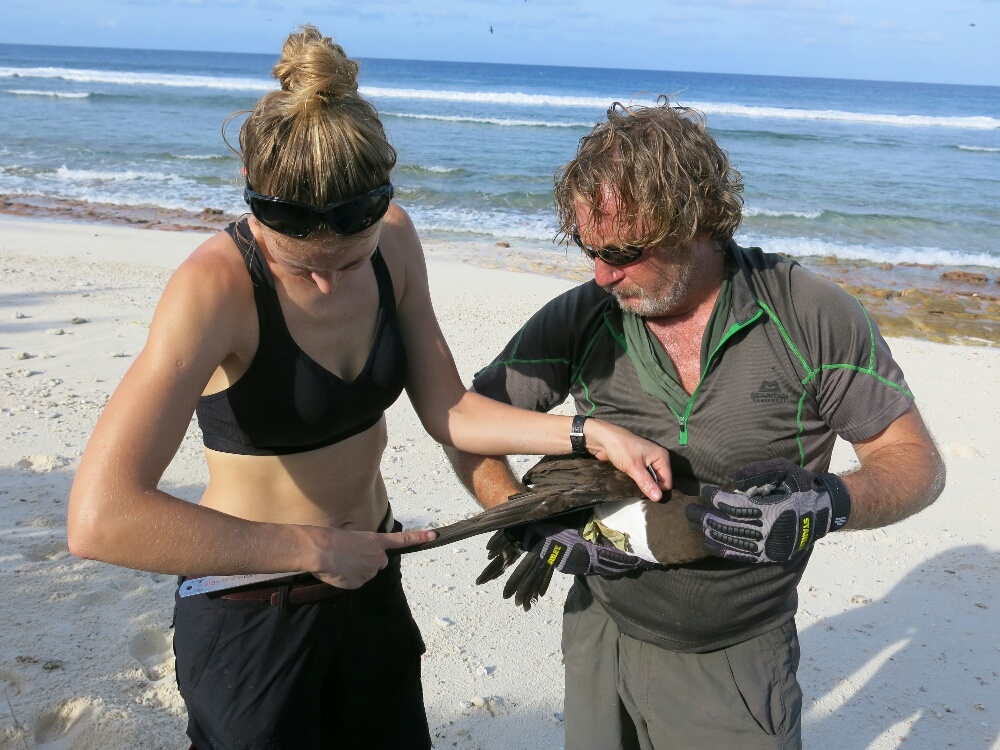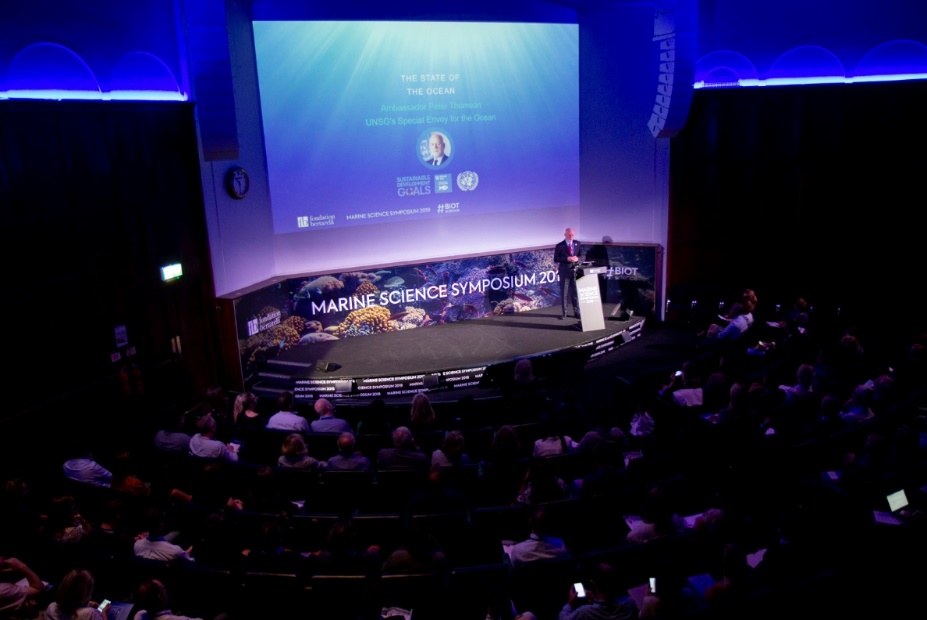The Bertarelli Prize is awarded each year to the winners of Harvard University’s President’s Challenge – an initiative of the university’s Innovation Lab which helps students and alumni develop their nascent business ideas. PionEar Technologies was one of the 2018 Challenge winners after impressing the judges with their use of anti-biofouling technologies to treat infections of the middle ear. Dr. Ida Pavlichenko, one of the company’s co-founders, describes how PionEar has progessed since winning the Bertarelli Prize.
After earning her PhD in inorganic chemistry at the Ludwig Maximilian University of Munich in 2014, Dr. Ida Pavlichenko joined Prof. Joanna Aizenberg’s lab at the Harvard J. A. Paulson School of Engineering and Applied Sciences and the Wyss Institute for Biologically Inspired Engineering, which pursues a wide range of research interests in the field of bioinspired materials science. She became interested in the idea of anti-biofouling, and together with her colleague Dr. Michael Kreder and collaborators from Prof. Jennifer Lewis’ group – Nicole Black and Dr. Claas Visser – she started to contemplate what novel medical applications might arise from these technologies. Very quickly she wondered whether it might help improve treatment of middle ear infections.
Why are ear infections such a serious problem?
Over 700,000,000 people globally suffer from ear infections each year. For young children the consequences can be very serious – over 40% develop a chronic condition with a persistent fluid in the middle ear and 25% suffer from a permanent hearing loss which impacts their learning ability and communication skills.
If infections become regular and the fluid in the middle does not clear for more than three months, doctors will often suggest the surgical implantation of an ear tube into the eardrum which helps equalize pressure in the middle ears, drain away any build-up of fluid, and allow the introduction of antibiotics. After six to 24 months ear tubes typically fall out from the eardrum on their own accord. Incredibly, the insertion of ear tubes is the most common surgery for children in the US.
What is wrong with the current design of ear tubes?
Up to 40 to 60% of the current tubes fail for a variety of reasons and resulting in the lumen or passageway of the tube getting clogged by blood, pus, bacteria, cellular debris, etc. This clogging prevents ventilation of the passageway, and does not allow for drainage of fluid and passage of medicine through the tube and into the ear. Some tubes even get prematurely pushed out of the eardrum, or stay in the eardrum longer than needed. In either case, the tube will need to be removed or replaced which is another unwanted operation under general anaesthesia – especially for a young child. Tubes can also get infected by the bacteria present in the middle ear and cause new infections which can be challenging to treat.
How will your product help doctors treat infections of the middle ear?
We have pioneered a novel design which features a unique material and design geometry that allows us to address all of the key complications experienced by patients today. Our proprietary design leverages a unique “non-stick” material to reduce biofouling and blockage of the device, and improve ear fluid drainage. The combination of our material and proprietary shape enable the unique fluidic properties of our device. Importantly, the improved fluid flow properties of PionEar’s device enable a drug delivery channel with a smaller device size – this is a great benefit for young children and means their surgeries are less invasive and the tube causes less damage to the eardrum. Our invention has also won the Collegiate Innovators Competition by National Hall of Fame and the United States Patent and Trademark Office this year.
How did winning the Bertarelli Prize help PionEar Technologies?
Winning the Bertarelli Prize gives us a great deal of credibility and confidence as we take the venture forward over the next few years – perhaps that’s even more important that the prize fund itself. We are incredibly thankful for the Bertarelli Foundation for giving our team the impetus to commercializing out technology!
We are using the $75,000 prize to outsource the manufacturing of the prototypes with silicone injection companies, and pay to the costs associated with starting a new venture.
How did you come up with the idea behind PionEar Technologies?
I have a young daughter who was herself suffering from recurrent ear infections; eventually her paediatrician started to talk about ear tubes and so tackling this problem and making treatment more effective is really very important to me.
The idea was borne out a meeting with the co-inventors of the technology: Nicole Black, Dr. Michael Kreder, Prof. Joanna Aizenberg, and our medical collaborators at the Mass Eye and Ear – Dr. Aaron Remenschneider and Dr. Elliot Kozin, and we started to recognise the potential for this material in treating ear infections.
Having an interdisciplinary team is so important; by combining the expertise of medical doctors, material scientists and experts in business, we’ve been able to progress this venture much more quickly than we’d be able to do otherwise.
How’s does the iLab prepare you for the Innovation Challenge?
The iLab environment – and the staff – are incredible. Our iLab mentor Alice Ly was a huge help and really made sure we were making the most of everything the iLab had to offer.
Likewise, other mentors, entrepreneurs-in-residency and iLab staff are all fantastic. They’re obviously very knowledgeable, but also very personal and encouraging. It’s a very supportive environment but one in which you get on if you’re prepared to work hard.
Apart from the Bertarelli Prize, what have you got out of the Innovation Challenge?
Thanks to the Innovation Challenge I’ve caught the “entrepreneurship bug”, so I guess it catalysed a very critical career decision for me. I’ve decided to commercialize our invention, and I was recently appointed as a Technology Development Fellow at the Wyss Institute, which has provided us with a highly competitive and prestigious Validation Grant to support our in vivo studies. I am also currently a part-time CEO and co-founder of PionEar Technologies, seeking to transition into the company full time when locking down the next financing round.
How did PionEar Technologies evolve and what’s next?
Winning the Bertarelli Prize at the President’s Innovation Challenge in May 2018 has opened doors to so many great opportunities for our team. We were accepted on to the Massachusetts Biotechnology Council’s MassCONNECT program and got an incredible help from a large team of experienced Biotech and Medtech mentors on a weekly basis. Our team has won the Audience Choice Grand Prize at the Mass Innovation Nights 115’s 5th Annual Female Founders Event. We are also extremely fortunate and grateful to have won the Gold Prize at the MassChallenge – is the largest-ever start-up accelerator that supports early-stage entrepreneurs.
Shortly after winning the Bertarelli Prize we successfully applied for the grant at the Wyss Institute – one of the world-leading institutions with a unique model that applies the development of disruptive technologies across a range of disciplines. I know that there is more is to come for PionEar Technologies as we compete at the Hello Tomorrow Global Challenge, and apply for US government funding programs. Currently our medical device is undergoing the studies at the Mass Eye and Ear, and we are aiming to continue fundraising for securing the FDA clearance in the near future.




